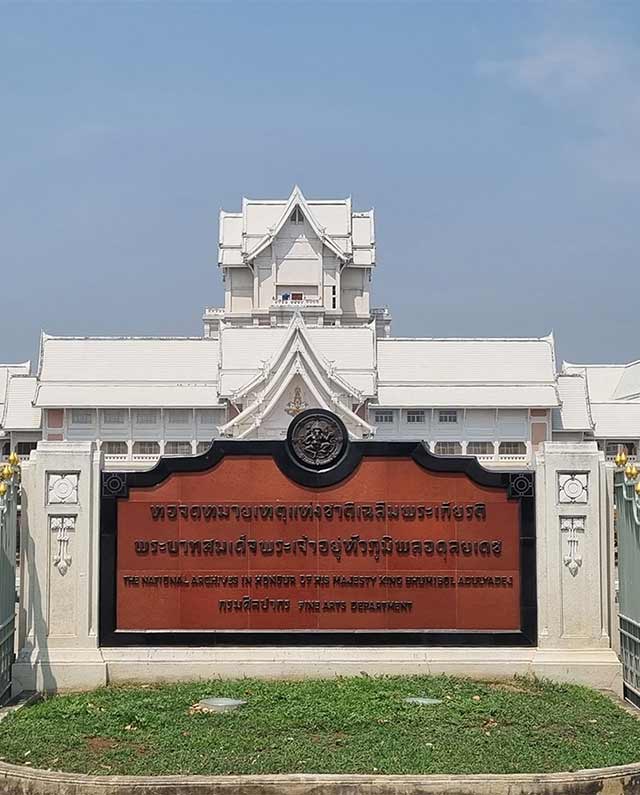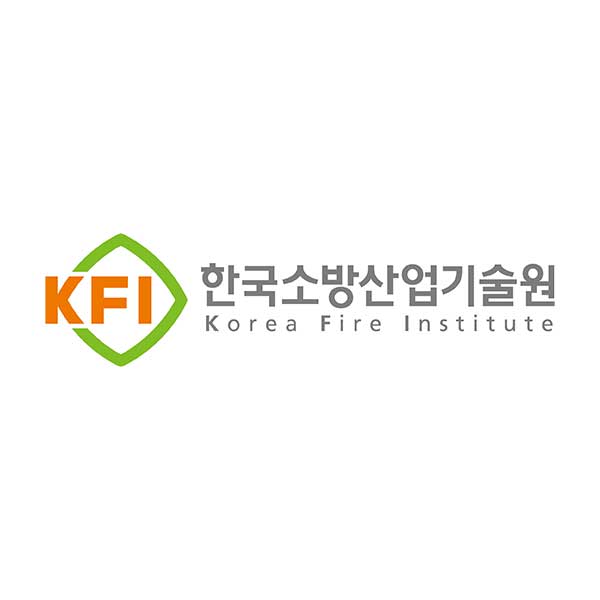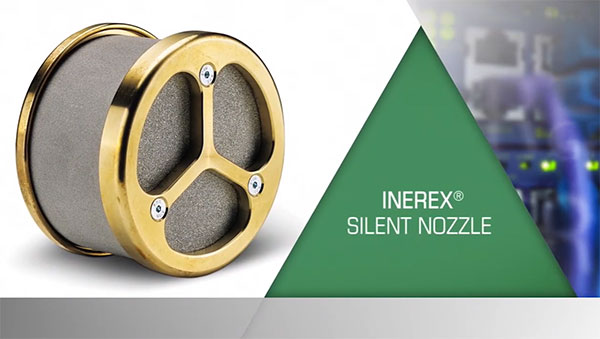Is Inert Gas Fire Suppression Really the Best Choice for Data Centers? (Video)
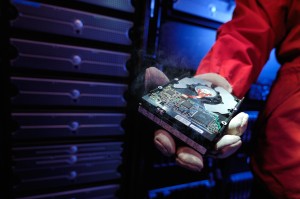
As the story goes, flames erupted in a computer room deep within the Pentagon on July 2, 1959. The damage done by the fire remains unclear. But spraying water on sensitive electronics seems to have made an impression. The search for new approaches to fighting fires started faster than heads could roll.
A Shocking Lesson
Let's face it: The challenges associated with protecting data center operations are profound.
You have mission-critical data and expensive electronics that cannot risk damage from fire, water or chemicals. The fire suppression agent you use had better be safe for humans, yet powerful enough to penetrate deep within electronic cabinets that are difficult for even water or liquid chemicals to reach.
And with the average cost of data center outages now approaching nearly $1 million, you've got to ensure continuity of service, with zero downtime in the event of a fire.
As the Pentagon story illustrates, aqueous-based misting and sprinkler systems can be ideal for many fire suppression scenarios—just not the kind that include highly-sensitive electronics. And the potentially toxic byproducts of many of the manmade chemicals that emerged in the years that followed the Pentagon fire can be detrimental to human health and the environment.
Many data centers have looked to nature for inspiration how to effectively suppress a fire: Inert Gas. But is it really the right choice for data centers? The answer is "maybe," depending on how you view the following.
Inert gas: The Safer Way to Snuff Out Data Center Fires
The appeal of inert gas can be summed up in one word: Safety. After all, what could be safer than suppressing fire using the natural gasses found in the air we breathe?
In most cases, an inert gas fire suppression agent is made up of 100% nitrogen or 100% argon, or some combination of both. These inert gasses are non-reactive to chemical interactions, making them exceptionally safe and effective for putting out fires.
Like water, they're also 100% natural. But inert gas doesn't soak fire. Instead, it gently smothers it, without causing harm to electronic equipment, or to the people who may still be nearby when discharge begins. Called a "total flooding" system, an inert gas fire suppression agent is discharged in sufficient concentrations to suffocate data center fires by displacing oxygen in the protected zone to a level below which fire cannot burn—but is still safe for people who may still be evacuating. Within seconds, flames are put out. You're up and running again fast.
And the best part: There are absolutely no residues, chemicals or toxic byproducts. There's nothing to clean up. And since it's all-natural, inert gas fire suppression can help organizations achieve their environmental sustainability goals.
Proven solutions are the best
But not all systems are created equal
Generally speaking, you want to use inert gas fire suppression systems that are UL-certified to fight fires in a way that’s proven fast and effective. The certification indicates that a system has undergone rigorous testing and analysis to ensure compliance with the internationally recognized NPFA 2001 and UL 2127 standards.
Take the new INEREX line of inert gas fire system from Rotarex Firetec. The system has undergone over 300 hours of testing and validation against multiple international standards to carry the UL certification. The system components can be configured into a complete UL-approved, 200-300 bar total flooding fire suppression system.
The answer is “Maybe”
Still, is inert gas fire suppression really a better choice for data centers? In truth, the best solutions for fire protection will always vary by use case, and even from site to site. Your qualified fire engineer will be able to advise you better.
But when it comes to safety for sensitive electronics, a fire suppression system that uses nature itself to quickly put out fires in a way that's safer for humans and sensitive environments, don't be surprised if your "maybe" instantly turns to "yes."
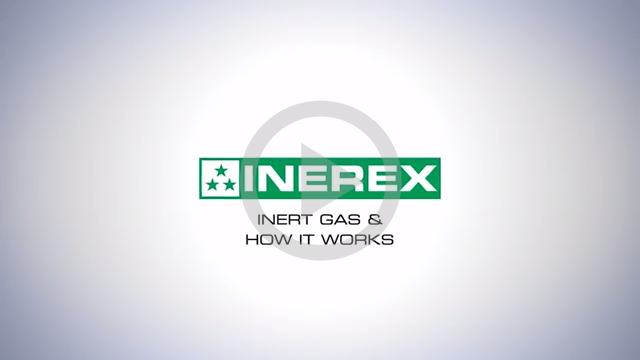 |
Safer is better: To learn more about inert gas fire suppression and the INEREX line of inert gas system components from Rotarex Firetec, click here. |


